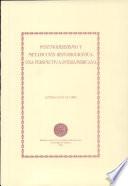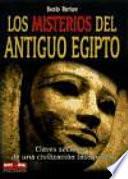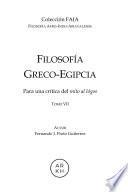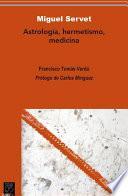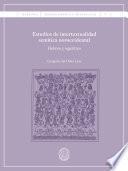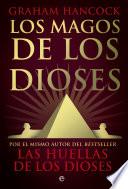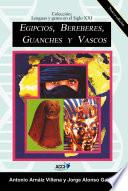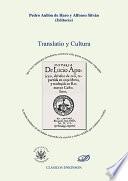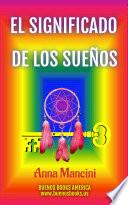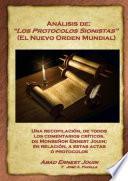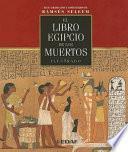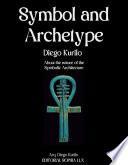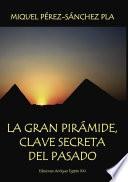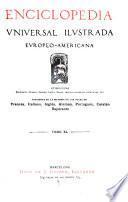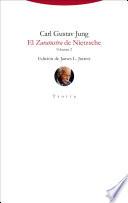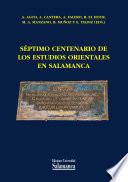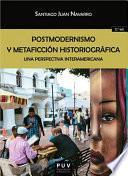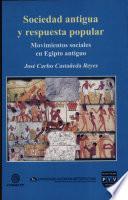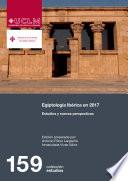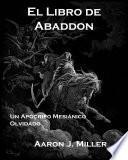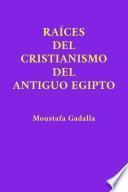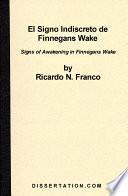
El Signo Indiscreto de Finnegans Wake
Autor: Richardo N. Franco
Número de Páginas: 384The difference between "mass" and "mess," for example, says a lot about the distinctive capacity of phonemes and the alphabet, but very little about the many similarities in these two words. It follows that there is something not exactly alphabetical in language that is prompted by similarities like these. Even quotidian reading exhibits non-alphabetic ingredients, for instance when we skip spelling mistakes or typographical errors; i.e.: when we impose analogies over differences, hermeneutics over semiology, semasiography over the alphabet. Joyce, who once commented that "a few letters will do if you can't read a whole word," just incorporates another system of writing to his "cyclical history," very much in keeping with Vico's idea that each cycle has its own writing system. The incorporation of this non-alphabetic, semasiographic way of reading also explains the presence of allusions and opens up the apparent conflict between allusion and intentionality. How far can analogies go? or rather, can allusions and intentionality be reconciled? They both reveal the existence of coincidences (facilitated by the narrow range of the alphabet); some of them Joyce surely saw, many others...
